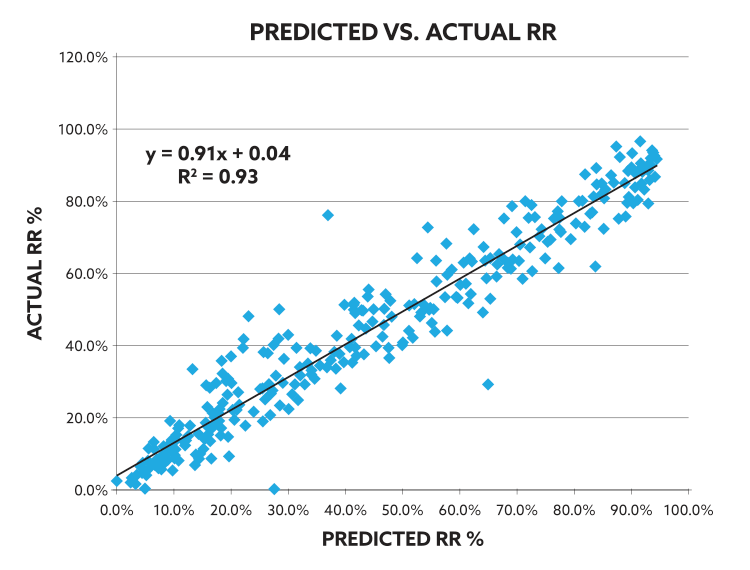Predictive Analytics and Transactional Data
JSI enables sophisticated methods of predictive analytics for the marketing databases that we permanently house. Our housed databases typically accumulate transaction histories. We use these transaction histories to create "purchase chains" which then allow us to isolate groups of records with "like" purchase chains. Each such group of records is then associated with a response rate derived from the prior response rate of a group with an historically similar purchase chain. The past performance of a group of records with shared purchasing behavior is then used to predict the future purchasing of a "like" group. Special procedures are implemented to control the size of these groups to ensure reliable base numbers for response predictions.
The values in the purchase chains may be discrete events (a sequence of purchases, or donations) or the occurrence of one or more events in a series of time periods (one or more purchases in a series of calendar quarters treated as the presence/absence of a purchase in each quarter). The purchase chains themselves may be extended to include non-purchase information such as age-categories, or gender, or average purchase magnitude.
When we apply this prediction method to marketing databases that we house for charitable lotteries, we are typically able to predict response rates for "like" groups of purchasers with 90% accuracy. An example plot of a "typical" result is:





